COVID-19 vaccinations helped ease the initial pandemic crisis, but this global disease outbreak sparked panic and massive pressure to try something—anything—to stem the rising death toll. The unexpected convergence between rheumatology and infectious disease presented by COVID-19 continues to surprise patients, clinicians, researchers, industry, regulators, and other stakeholders.

Stephen Saw, PharmD, BCIDP, Clinical Pharmacy Specialist for Infectious Diseases, Hospital of the University of Pennsylvania, will join outpatient rheumatology pharmacist Rachael Perritt, PharmD, BCPS, Clinical Pharmacy Specialist–Ambulatory, University of Pennsylvania Health System (UPHS), for Latest COVID and Rheumatic Disease Therapies: What You Need to Know on Saturday, November 12, from 3–4 p.m. ET in Exhibit Hall A of the Pennsylvania Convention Center. Meeting participants have the option to attend the session in person or on the meeting website via livestream, or to view the session on demand.
“People were reaching for new drugs and trying to repurpose old drugs early in the pandemic,” Dr. Saw said. “And because so many of these drugs tried in COVID have effects on the immune system and inflammatory pathways, rheumatology patients and rheumatologists were caught in the crosshairs.”
The use of hydroxychloroquine by rheumatology patients reinforced the importance of having evidence available prior to using such agents in clinical practice, he continued.
“There were a lot of good intentions, the Food and Drug Administration emergency use authorization (EUA) for tocilizumab as an example,” Dr. Saw added. “But they didn’t fully anticipate the potential downstream effects of the EUA, which led to a global shortage of tocilizumab. We’re still in that same intersection between infectious disease and rheumatology.”
It is strongly recommended that rheumatology patients be vaccinated for COVID-19 to the extent they can be based on Centers for Disease Control and Prevention guidelines.
“For our high-risk patients who cannot produce a good antibody response from either a COVID vaccine or COVID infection, we have been administering Evusheld, a combination of tixagevimab and cilgavimab,” Dr. Perritt said. “It provides protection for up to six months for those high-risk patients.”
Post-exposure treatment is similarly important. The current literature points to nirmatrelvir plus ritonavir, Paxlovid, as the most effective approach for rheumatology patients who test positive for COVID-19, Dr. Perritt said. Because the drug has significant interactions and remains in limited distribution, UPHS refers all prescriptions to pharmacy specialists to check for potential interactions and access issues.
There have been few recent updates to inpatient COVID-19 treatment recommendations, Dr. Saw said, but unintended consequences such as the global shortage of tocilizumab continue.
“Interprofessional collaboration has been paramount in navigating our way through this pandemic,” he added. “Pharmacists are able to provide key perspectives regarding the nuances of supply chain issues, dosing, screening drug interactions, and monitoring for adverse drug events.”
The clinical picture remains in flux on the outpatient side. The literature generally recommends withholding rheumatologic medications for the duration of COVID-19 treatment, Dr. Perritt said. But there are notable exceptions in some cases that should be continued during COVID-19 treatment based on risks versus benefits of discontinuation.
“One reason is to prevent patients from experiencing a disease flare in addition to COVID,” she explained. “And some of these same medications are specifically used for patients who are in an elevated immunologic state due to COVID. A lot of the challenges for rheumatology patients at this point are post-exposure treatment recommendations that are changing much more quickly than inpatient recommendations.”

Registered ACR Convergence 2024 Participants:
Watch the Replay
Select ACR Convergence 2024 scientific sessions are available to registered participants for on-demand viewing through October 10, 2025. Log in to the meeting website to continue your ACR Convergence experience.
